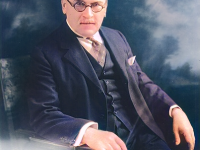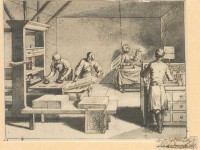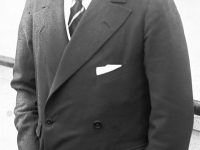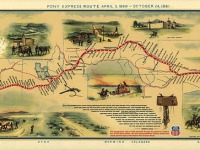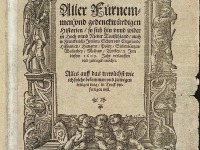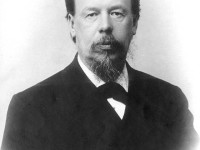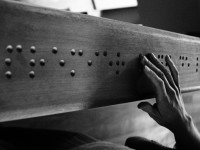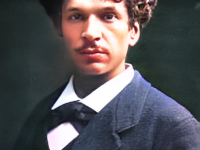Michael Pupin solving the Problems of long-distance Communication
On October 9, 1858, Serbian American physicist and physical chemist Michael Pupin was born, who is best known for his numerous patents, including a means of greatly extending the range of long-distance telephone communication by placing loading coils (of wire) at predetermined intervals along the transmitting wire (known as “pupinization“). “We would never get away from it. … It’s bad enough as it is, but with the wireless telephone one could be…
Read more

